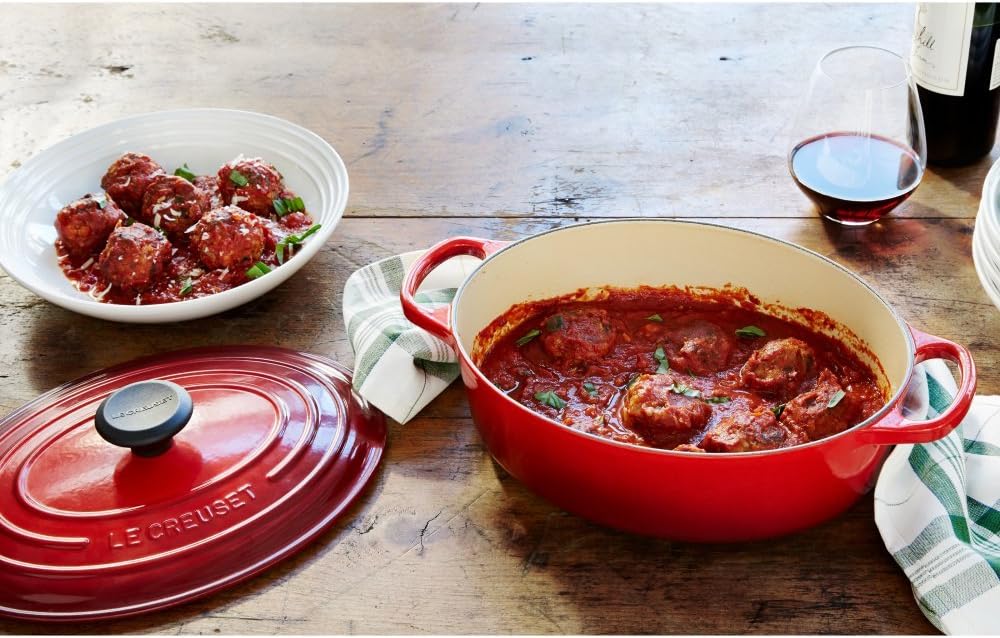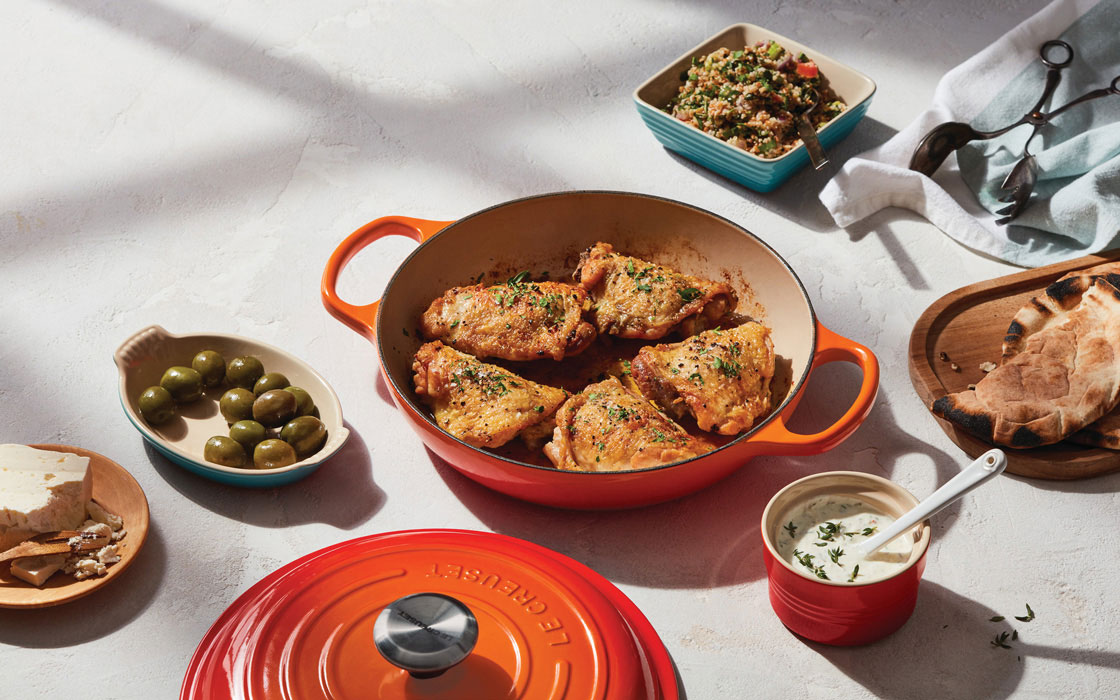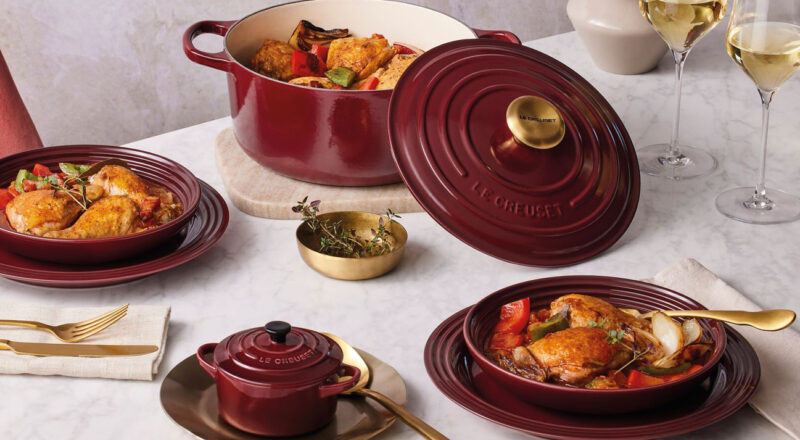When it comes to versatile kitchen tools, the debate of cast iron braiser vs sauteuse pan is a common topic among cooking enthusiasts. Both are revered for their unique abilities, but how do they truly compare? Understanding the differences and benefits of each can help you make an informed decision for your culinary needs.

Understanding the Cast Iron Braiser
The cast iron braiser is a staple in many kitchens due to its ability to evenly distribute heat. It’s ideal for slow-cooking meats and creating rich, flavorful dishes. These pots have a heavy lid that helps retain moisture, making them perfect for braising and stewing. The wide, shallow design also facilitates browning meats before simmering them slowly.
Benefits of a Cast Iron Braiser
One of the main advantages of a cast iron braiser is its versatility. It’s suitable for the oven, stovetop, and even the grill. Additionally, its heat retention properties make it excellent for keeping food warm. You can learn more about reheating methods for cast iron braisers.
Exploring the Sauteuse Pan
The sauteuse pan, often compared to the braiser, offers its own set of unique features. Characterized by its wide base and sloped sides, the sauteuse pan is perfect for sauting, browning, and stir-frying. It’s designed to move food around easily, allowing for even cooking and flavor distribution.
Advantages of a Sauteuse Pan
With a sauteuse pan, you can achieve quick cooking at high temperatures. Its design is conducive to reducing sauces and searing meats. Additionally, the pan’s ability to cook a variety of foods makes it a versatile addition to any kitchen.
Comparing Features
Weight and Handling
The cast iron braiser is typically heavier than the sauteuse pan, which can affect maneuverability. If weight is a concern, you might prefer the lighter sauteuse pan for ease of handling.
Cooking Techniques
While both pans can be used for a variety of cooking techniques, the braiser excels in low and slow cooking, whereas the sauteuse is better suited for quick, high-heat methods. For more on the differences, check out this comparison.
Material and Durability
Both pans are typically made from durable materials, but cast iron is renowned for its longevity and ability to withstand high temperatures. This makes the braiser a robust option for heavy-duty cooking.
Culinary Applications
Best Dishes for Cast Iron Braiser
Braisers are ideal for dishes like coq au vin, pot roast, and chili. Their ability to maintain a consistent temperature ensures even cooking throughout.
Best Dishes for Sauteuse Pan
The sauteuse pan shines with dishes such as stir-fries, sauted vegetables, and pan-seared meats. Its design allows for rapid heat distribution and quick cooking times.
Care and Maintenance
Maintaining your kitchen tools is vital for longevity. Cast iron requires seasoning to prevent rust and maintain its non-stick properties. Learn how to prevent rust on a cast iron braiser.
Cost Considerations
When it comes to cost, cast iron braisers are generally more expensive due to their material and construction. However, the investment is often justified by their durability and performance. Sauteuse pans can be a more budget-friendly option, especially for those who require a lighter, more portable option.
Conclusion
Ultimately, the choice between a cast iron braiser vs sauteuse pan comes down to personal preference and cooking style. Both offer distinct advantages and can enhance your culinary creations in different ways. Whether you prioritize slow, even cooking or quick, high-heat methods, there is a perfect pan for every chef. For more ideas on what you can create with these versatile tools, visit America’s Test Kitchen.

Frequently Asked Questions
Can I use a braiser for sauting?
Yes, a braiser can be used for sauting, but it may not be as efficient as a sauteuse pan due to its heavier weight and design.
What is the main difference in design?
The braiser has a wider base and heavier lid, making it ideal for slow cooking, while the sauteuse pan has sloped sides for easy stirring and quick cooking.
Are these pans suitable for all heat sources?
Yes, both pans are typically suitable for use on all heat sources, including induction, gas, and electric stoves.
This article contains affiliate links. We may earn a commission at no extra cost to you.

